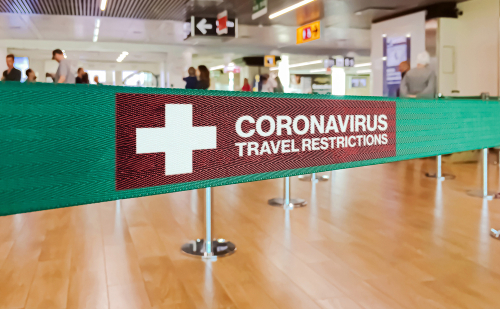
The Centers for Disease Control and Prevention (CDC) lifted enhanced screening requirements on most inbound international flights this week, abruptly changing a system based on 15 airports that have been in place since March.
Under current rules, international passengers from high-risk countries were required to go to select U.S. airports for temperature checks and screening. The current phase of the pandemic dictates certain changes, though, the CDC said. Beginning Sept. 14, 2020, new measures will focus on pre-departure, in-flight and post-arrival health education, voluntary collection of electronic contact data, possible testing to reduce travel-related transmission risks, and country-specific risk assessments that include post-arrival recommendations for self-monitoring and other precautions.
In this way, the focus shifts from mass containment to individual responsibility.
“We now have a better understanding of COVID-19 transmission that indicates symptom-based screening has limited effectiveness because people with COVID-19 may have no symptoms or fever at the time of screening, or only mild symptoms,” the CDC said in a statement. “Transmission of the virus may occur from passengers who have no symptoms or who have not yet developed symptoms of infection. Therefore, CDC is shifting its strategy and prioritizing other public health measures to reduce the risk of travel-related disease transmission.”
As travel bans have locked down much of the country, passengers from China, Iran, the Schengen region of Europe, the United Kingdom, Ireland, and Brazil were subject to the enhanced screening measures. The requirements for these countries and regions will now be lifted.
Still, the decision comes at a time when COVID-19 cases continue to climb. Cases in the United States alone have topped more than 6.4 million people infected and led to the deaths of more than 191,000.




